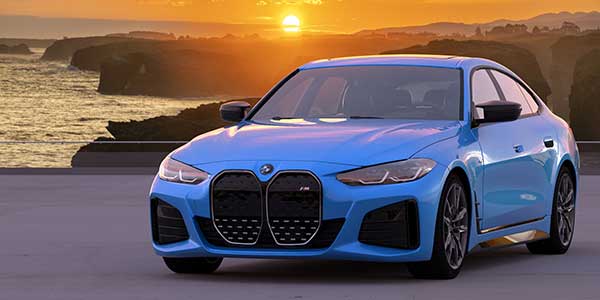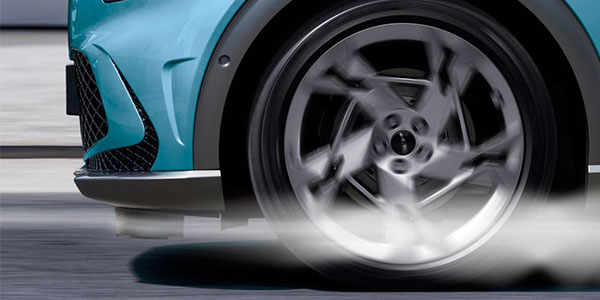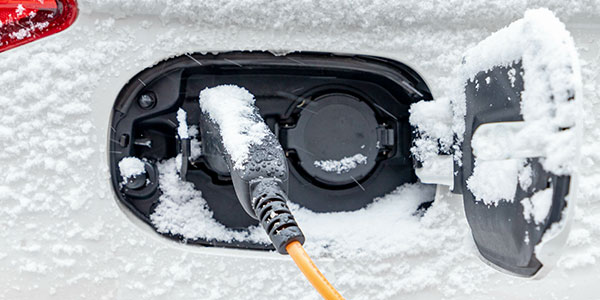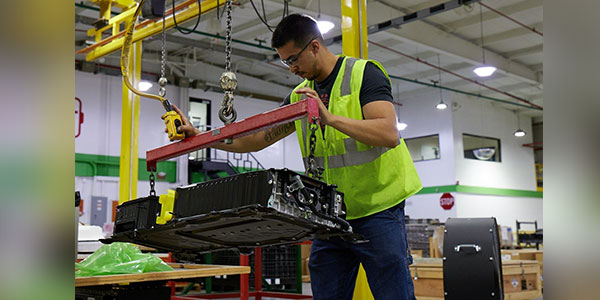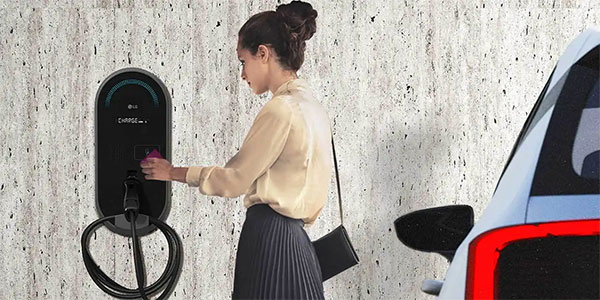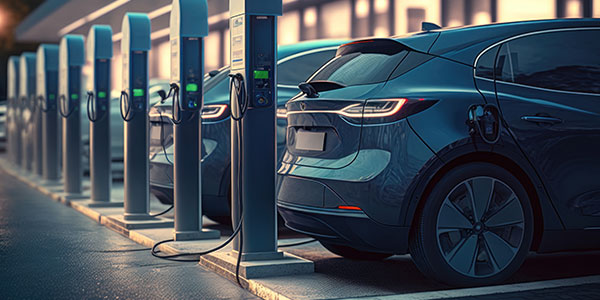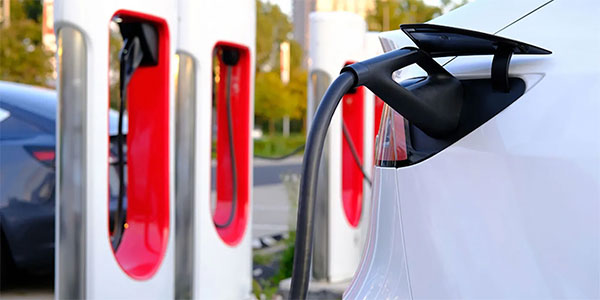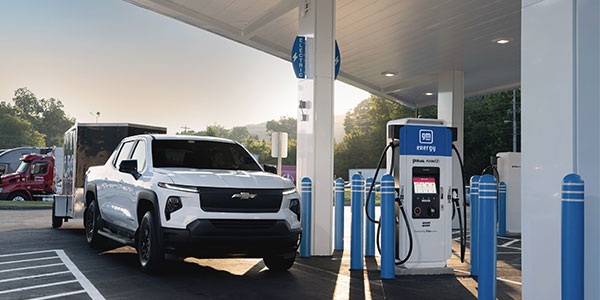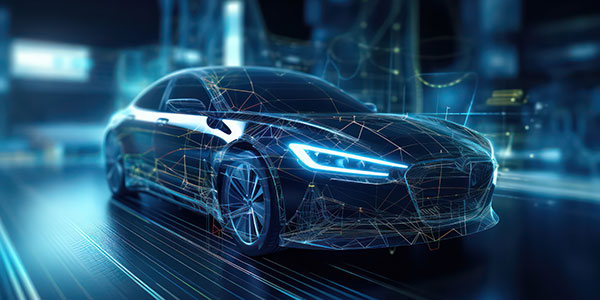The U.S. Environmental Protection Agency (EPA) announced new proposed federal vehicle emissions standards on April 12. The EPA says these proposals would avoid nearly 10 billion tons of CO2 emissions, equivalent to more than twice the total U.S. CO2 emissions in 2022, while saving thousands of dollars over the lives of the vehicles meeting these new standards and reducing America’s reliance on approximately 20 billion barrels of oil imports.
The EPA says the new proposed emissions standards for light-, medium-, and heavy-duty vehicles for model year (MY) 2027 and beyond would significantly reduce climate and other harmful air pollution, lower maintenance costs and deliver significant fuel savings for drivers and truck operators.
The EPA breaks this down as follows:
- Through 2055, the EPA projects that the proposed standards would avoid nearly 10 billion tons of CO2 emissions (equivalent to more than twice the total U.S. CO2 emissions in 2022). The proposed standards would reduce other harmful air pollution and lead to fewer premature deaths and serious health effects such as hospital admissions due to respiratory and cardiovascular illnesses.
- By accelerating adoption of technologies that reduce fuel and maintenance costs alongside pollution, the proposed standards would save the average consumer $12,000 over the lifetime of a light-duty vehicle, as compared to a vehicle that was not subject to the new standards.
- Together, the proposals would reduce oil imports by approximately 20 billion barrels.
- Overall, EPA estimates that the benefits of the proposed standards would exceed costs by at least $1 trillion.
Light- and medium-duty vehicle proposed standards
The first set of proposed standards, the “Multi-Pollutant Emissions Standards for Model Years 2027 and Later Light-Duty and Medium Duty Vehicles,” builds on EPA’s existing emissions standards for passenger cars and light trucks for MYs 2023 through 2026.
Between 2027 and 2055, the total projected net benefits of the light- and medium-duty proposal range from $850 billion to $1.6 trillion. The proposal is expected to avoid 7.3 billion tons of CO2 emissions through 2055, equivalent to eliminating all greenhouse gas emissions from the entire current U.S. transportation sector for four years and would also deliver significant health benefits by reducing fine particulate matter that can cause premature death, heart attacks, respiratory and cardiovascular illnesses, aggravated asthma, and decreased lung function. EPA analysis shows that severe health impacts related to particulate matter exposure will also be reduced – including lung disorders (including cancer), heart disease, and premature mortality, the organization says.
The EPA says the proposal considers a suite of available emission control technologies, and the standards are designed to allow manufacturers to meet the performance-based standards however works best for their vehicle fleets. The EPA projects that for the industry as a whole, the standards are expected to drive widespread use of filters to reduce gasoline particulate matter emissions and spur greater deployment of CO2-reducing technologies for gasoline-powered vehicles.
The proposed standards are also projected to accelerate the transition to electric vehicles, the EPA says. Depending on the compliance pathways manufacturers select to meet the standards, the EPA projects that EVs could account for 67% of new light-duty vehicle sales and 46% of new medium-duty vehicle sales in MY 2032. The proposed MY 2032 light-duty standards are projected to result in a 56% reduction in projected fleet average greenhouse gas emissions target levels compared to the existing MY 2026 standards. The proposed MY 2032 medium-duty vehicle standards would result in a 44% reduction compared to MY 2026 standards.
Heavy-duty truck proposed standards
The second set of proposed standards, the “Greenhouse Gas Standards for Heavy-Duty Vehicles – Phase 3,” would apply to heavy-duty vocational vehicles (such as delivery trucks, refuse haulers or dump trucks, public utility trucks, transit, shuttle, school buses) and trucks typically used to haul freight. These standards would complement the criteria pollutant standards for MY 2027 and beyond heavy-duty vehicles that EPA finalized in December 2022 and represent the third phase of EPA’s Clean Trucks Plan.
These “Phase 3” greenhouse gas standards maintain the flexible structure that the EPA previously designed through a stakeholder engagement process to reflect the diverse nature of the heavy-duty industry, the EPA says. Like the light- and medium-duty proposal, the heavy-duty proposal uses performance-based standards that enable manufacturers to achieve compliance efficiently based on the composition of their fleets.
The projected net benefits of the heavy-duty proposal range from $180 billion to $320 billion, the EPA says. The proposal is projected to avoid 1.8 billion tons of CO2 through 2055, equivalent to eliminating all greenhouse gas emissions from the entire current U.S. transportation sector for an entire year, and deliver additional health benefits by reducing other pollutants from these vehicles.
Since President Biden took office, the number of EV sales has tripled while the number of available models has doubled, the EPA says. There are over 130,000 public chargers across the country – a 40% increase over 2020. The private sector has also committed more than $120 billion in domestic EV and battery investments since Biden signed the Inflation Reduction Act into law.


